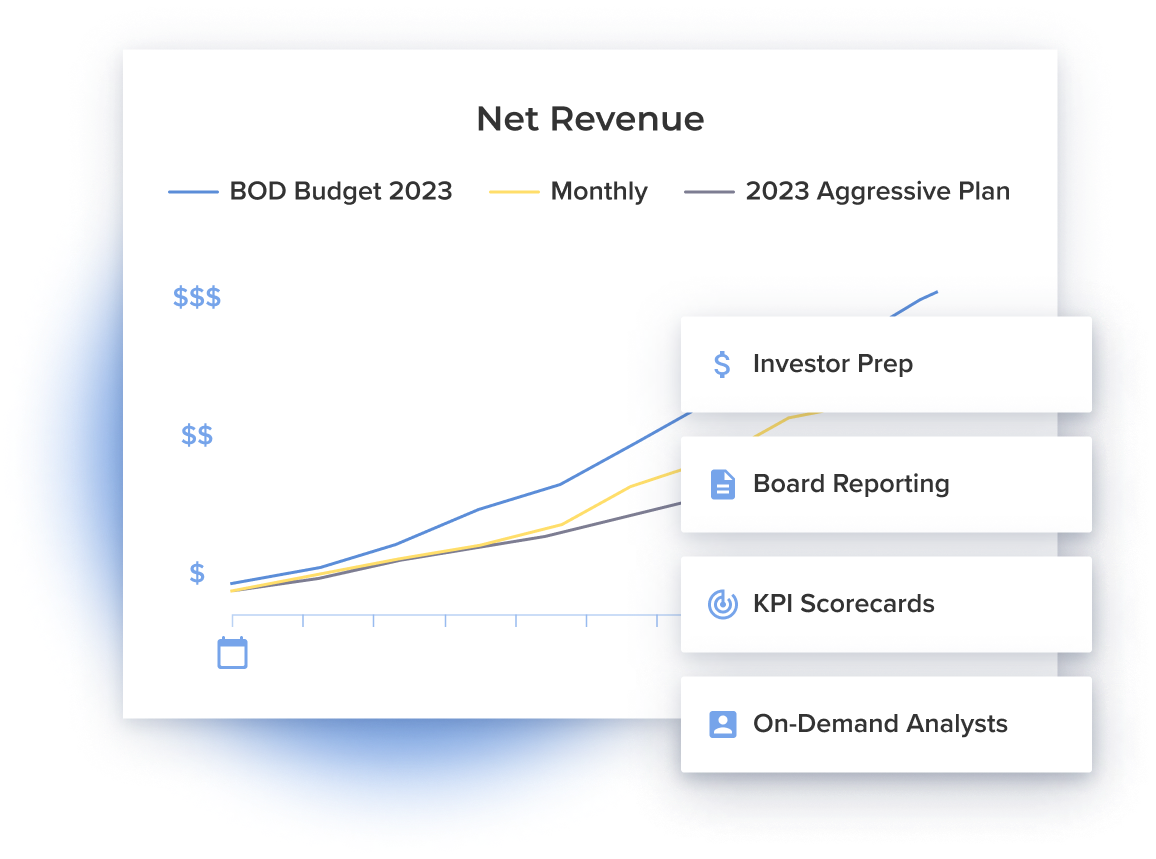DTC Business Breakdown: Purple Innovation

Brothers Tony and Terry Pearce combined their experience in carbon fiber and polymers to invent the cushiony material that became Purple’s mattresses. Their interest in elastic polymers began in the late 1980s, and the duo eventually accumulated over 30 patents used in medical devices & shoes. Purple Innovations began in 2015 with capital the founders sourced from a highly successful kickstarter campaign that brought in approximately $172,000. The Pearce brothers created their first king-sized mattresses and began selling them online. Sales growth driven by the monochannel eCommerce approach came very quickly and in 2017, Purple went public via a special-purpose acquisition company at a valuation of $1.1 billion.
The company describes itself as a “digitally-native vertical brand”, manufacturing various comfort products developed over the last three decades. GelFlex Grid is their proprietary gel technology and is the core input to many of their products. These gel polymer innovations were the mattress industry’s cutting-edge technology over the last decade. DTC brands like Casper and Purple took the gel top layer much further, developing springless foam and gel-based mattresses that could be sold online and shipped to customers in tubes.
The pandemic was a roller coaster for the company, as they initially furloughed 35% of staff in Spring 2020, only to hire back over 900 people in 2H 2020 to support the home goods growth surge. YoY growth peaked at just over 50% during the stimulus boost of Q2 2021. Throughout the second half of 2021, the company experienced significant inventory shortages,leading to reduced sales and turnover among top executives. Former New Balance executive Robert DeMartini took over as CEO in December 2021. Analysts attributed the company’s 2021 difficulties to a blend of internal issues and market saturation but also mentioned that the company assets (gel patents) would be “attractive to many inside and outside the industry”.
In the recently reported second quarter of 2022, Purple Innovation saw net revenue decline 21% YoY to $144 million. This compares to management’s mention of a 1H 2022 decline in the total domestic mattress market of 25%. From a sales channel perspective, PRPL saw a 6% drop in wholesale and a 30% fall in DTC. These YoY declines resulted in a shifting business mix in the quarter, with revenue consisting of 57% DTC (64% in Q2 21) and 43% wholesale (36% in Q2 21). The underwhelming consumer demand led the management team to cut guidance on revenue to $570M to $590M ($650M to $690M prior) and reduced EBITDA expectations to -$15M to -$5M (Prior $21M to $27M).


Gross margin fell from 44.7% in Q2 2021 to 33.9% in Q2 2022. This drop was driven by discounting in the DTC channel and a significant mix shift toward wholesale, even as the company opened 27 stores over the last twelve months to end Q2 2022 at 40. Wholesale distribution points were 3200 as of the end of Q2 2022, up by nearly 1000 on a YoY basis.
The decline in gross margin also reflects elevated costs of materials, labor, and overhead partially offset by labor force restructuring that occurred in February 2022 (the number of layoffs was undisclosed). Purple expects the full-year gross margin to be in the 35% to 37% range, as significantly more business comes from wholesale channels on a full-year 2022 basis. Pre-pandemic comparisons show FY19 gross margin at 44%, on a 62% DTC revenue mix.

The company’s operating expenses as a percent of revenue were 42.3% in Q2 22, vs 46.1% in Q2 21. A substantial decrease in advertising drove this decline. Purple drastically cut advertising spend in the quarter, reducing it by $24.1 million or 56% vs Q2 21. Leadership wants to maintain this ad spend ratio of 30% of revenue on a go-forward basis, as one of their four core business initiatives is an intentional move away from performance marketing and toward brand spend. The team is very excited about their new marketing campaign, “Overnight Success”, which they launched on linear TV, online video, and social media. This strategy is aligned with their focus on growing store count in DTC and distribution points in the wholesale channel.

The question going forward is if Purple’s rapid expansion into more physical showrooms can offset their declines in online sales. This will likely be a hard lift, as Casper and Purple (to a lesser extent) have become the primary examples of DTC’s potential to oversaturate a market. Mattress brands caught the DTC wave early with huge ad spend, achieving significant sales growth only to struggle with profitability post-IPO.
A decade ago, mattresses were still a high margin heavily sales commissioned product, with customers unable to easily compare products and prices. Now the DTC sleep brands face similar threats primarily from each other as mattresses delivered in tubes & boxes have become an intensely competitive segment.
Subscribe to our newsletter

Ready to see what you can do with Drivepoint?
Learn how other consumer and CPG brands are driving margin and cashflow with Drivepoint







